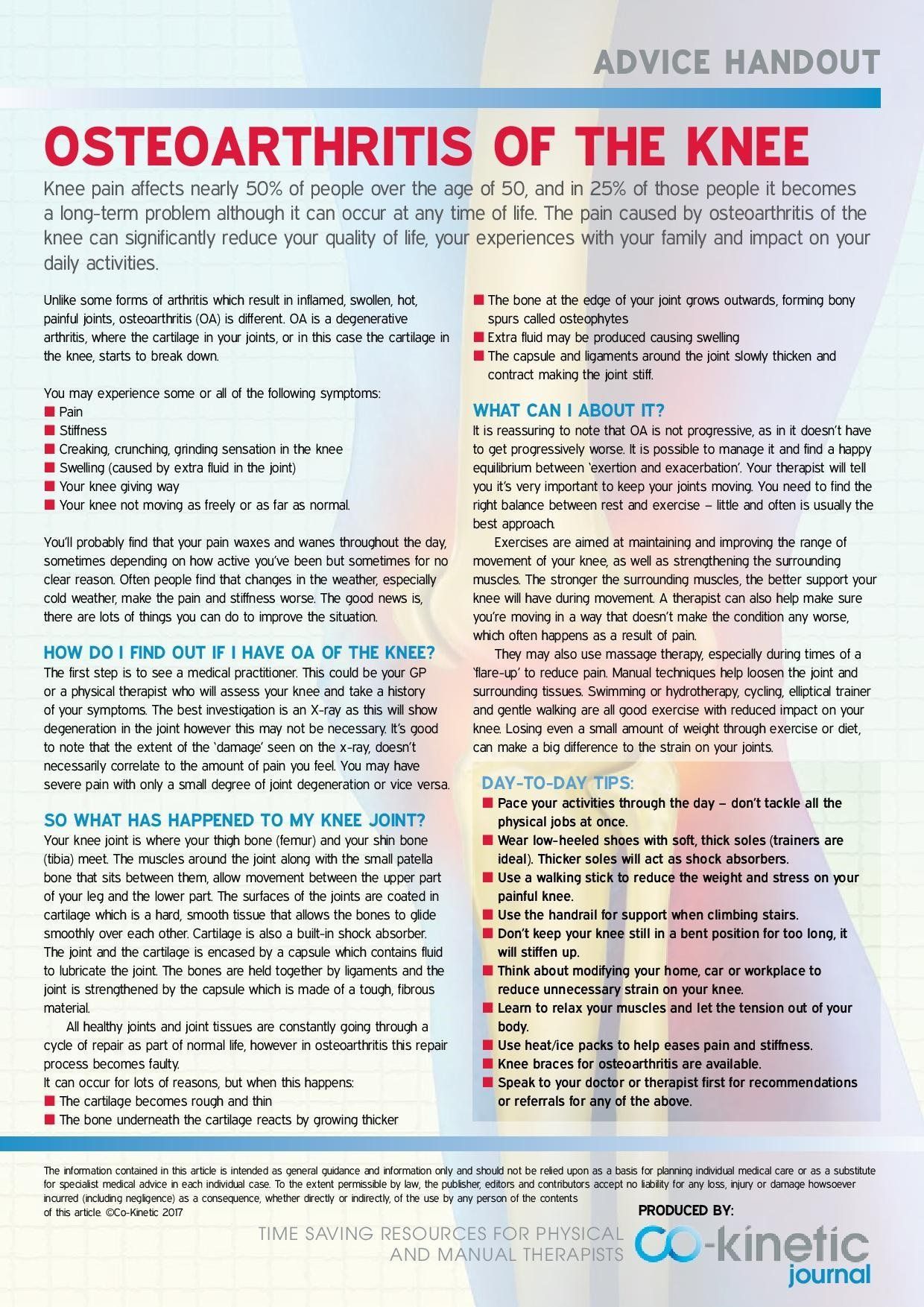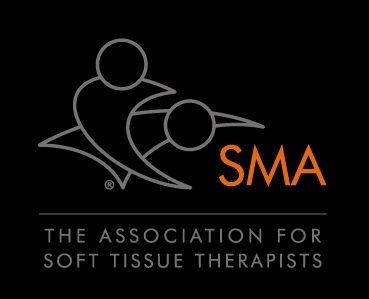The Stages of Osteoarthritis Explained:
Osteoarthritis is normally categorised in stages or grades 1–4 in terms of severity, with 0 being a normal joint (Table 1).
Stage 1
Often asymptomatic, but on X-ray mild cartilage changes may be detected, often as a result of an X-ray being taken for another condition such as a ligament injury. Osteophytes may be seen but do not affect joint function.
Stage 2
Pathology shows further changes on X-rays with greater osteophyte formation and change in subchondral bone density. Bone will often appear whiter on X-ray (sclerosis) and bone cysts may sometimes be seen and occasional cartilage thinning may be noted. Symptoms may occur on severe joint loading and muscle wasting may be noted where mild pain has encouraged reduced activity.
Stage 3
Injury will show more severe osteophyte formation and joint-space narrowing. Overall bone shape may change and cartilage erosion is noted, in patches down to subchondral bone. Muscle wasting and joint stiffness are common, and should be addressed by rehabilitation. Joint stiffness is seen following prolonged rest (on rising from a chair or waking for example).
Stage 4
OA is severe, and can often show complete loss of joint space with severe bone-end deformity. Pain is common following rest and joint loading, movement range is severely limited and muscle wasting is marked.
Suggested Exercises To Regularly Do To Help With Arthritic Knees:





